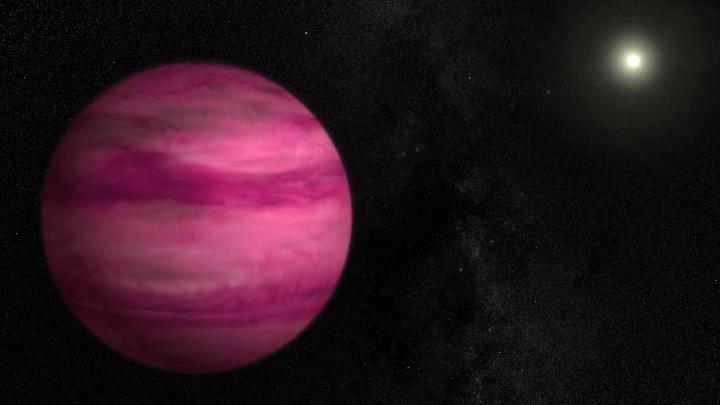
NASA’s Kepler space telescope has found thousands of possible candidates for exoplanets, of which we’ve expected about 10 to 20 percent to be “false positives.” A new study from Instituto de Astrofísica e Ciências do Espaço in Portgual suggests that we might be overestimating Kepler’s effectiveness, though.
Researchers used a sample of 129 possible exoplanets discovered by Kepler over a period of five years, narrowed down from the 8,826 “objects of interest” over that same period. They decided to use the largest candidates as these would be the easiest to identify and confirm.
What they found shocked them: 52 percent were “eclipsing binaries” — that is, where one star passes in front of another — while another two percent were brown dwarfs. This means that a majority of what Kepler is finding may not be what it seems.
“In this work, we showed that even big, easy to detect planets are also difficult to deal with,” research team member Vardan Adibekyan explains. “In particular, it was shown that less than half of the detected big transiting planet candidates are actually there. The rest are false positives, due to different kind of astrophysical sources of light or noise.”
We should caution here that these findings don’t necessarily change the belief among many astronomers that our galaxy is likely loaded with exoplanets, some not too different from our own. What it does do is start to refine our ideas of what an exoplanet is and what’s not, and how better to find them.
The planets looked at here are also of the large gas giant variety — think Jupiter or Saturn — and not like Earth or Mars. We should expect a higher false positive rate here considering these planets are more like stars in their composition, versus rocky planets which are much smaller (and also much harder to detect).


